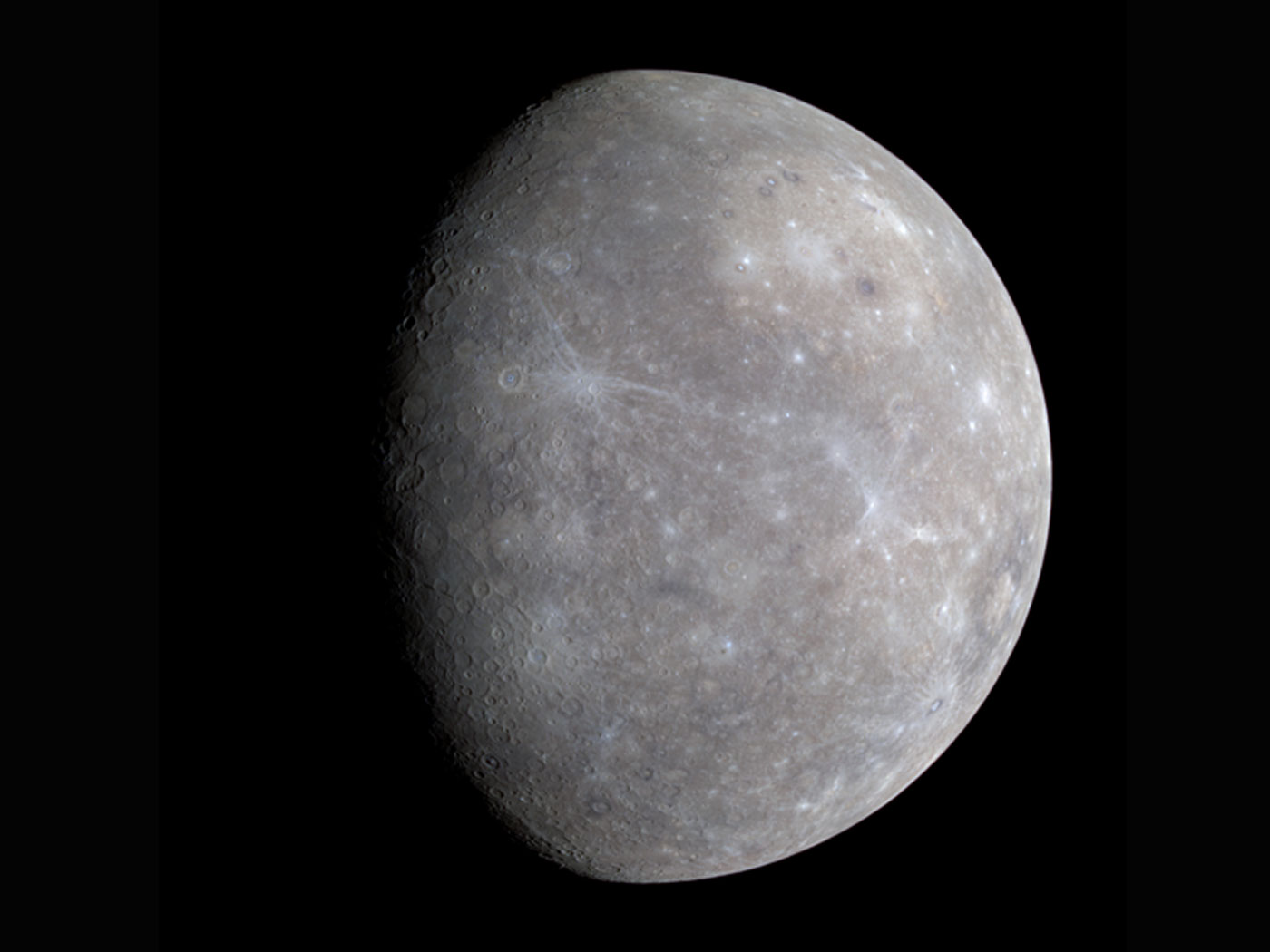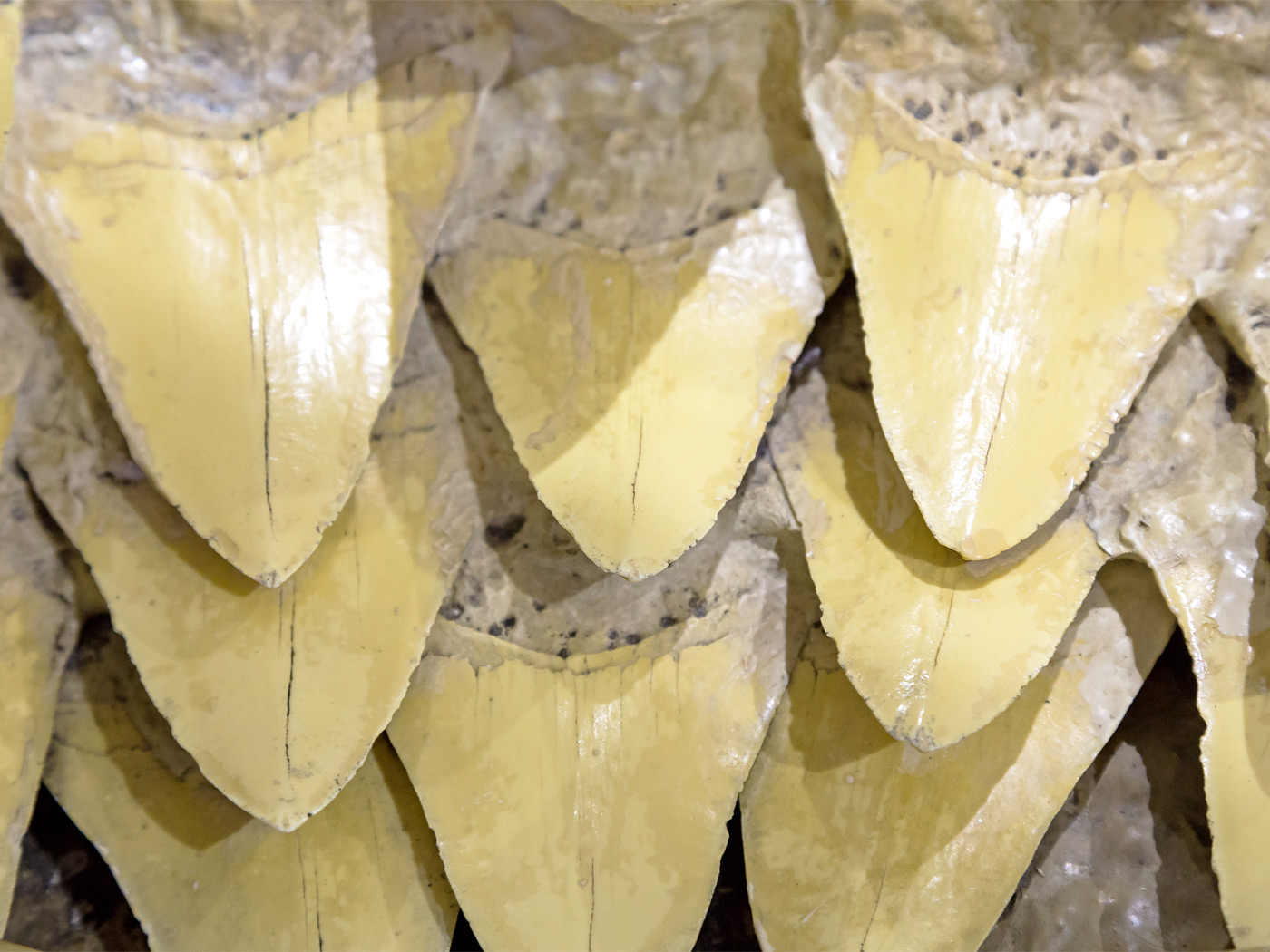Our amazing eyes are kept clean and moist due to the blink reflex stimulated by receptors on our eyes and eyelashes. When the lash is touched or the eyeball begins to dry, receptors fire and we immediately blink, protecting the eye from debris or injury and moisturizing the surface. It is clear from their clever design and cooperative function that God created our eyelids, lashes, and receptors to "stand guard" for our eyes.
A recent discovery indicates our lashes must measure at just the right length to work properly. Scientists at the Georgia Institute of Technology1 studied 22 mammal lash lengths and reported that, from giraffes to hedgehogs, lash length was (not surprisingly) of "optimum" length—about one-third of the width of the given mammal's eye. At this length lashes "trap a protective layer of air on top of the eye" that reduces evaporation and debris entrance by 50 percent.
If lashes were too short, they would be ineffective. But if they're too long they actually direct air and particles onto the eye causing irritation and drying.
Evolutionist Elizabeth Pennisi of Science magazine suggested that "lashes had evolved to be a particular size relative to the eye."2 Declaring eyelash lengths simply "had evolved to be" is hardly a scientific or sufficient explanation for how such optimal function is exhibited in mammals across-the-board.
According to evolution, our ancient ancestors were the early salamander-like tetrapods. Where did their eyelids come from—to which the important lashes would later attach?
It is quite likely that it will never be certain when early tetrapods, or their fish relatives, evolved the eyelid or its muscles.3
What about the origin of the eye?
The first eye probably had appeared well before the Cambrian, but we cannot be certain of that because of an inadequate fossil record.4
The lack of certainty in the evolutionist response leaves many questions unanswered, while creation scientists trace God's hand in the well-designed function of lids and lashes in the protection of the eye.
Without acknowledging the Creator or His remarkable design, secular scientists are attempting to copy lash design (an example of a "bio-inspired solution") that "could lead to passive self-cleaning devices for optical sensors and planetary rovers."5
References
- Pennisi, E. The downside to long lashes. Science. Posted on sciencemag.org January 7, 2015, accessed Feb. 23, 2015.
- Ibid.
- Clack, J. 2012. Gaining Ground. Bloomington: Indiana University Press, 224.
- Schwab, I. 2012. Evolution's Witness How Eyes Evolved. New York: Oxford University Press, 39.
- Pennisi, The downside to long lashes.
*Mr. Sherwin is Research Associate, Senior Lecturer, and Science Writer at the Institute for Creation Research.
Article posted on March 9, 2015.

























